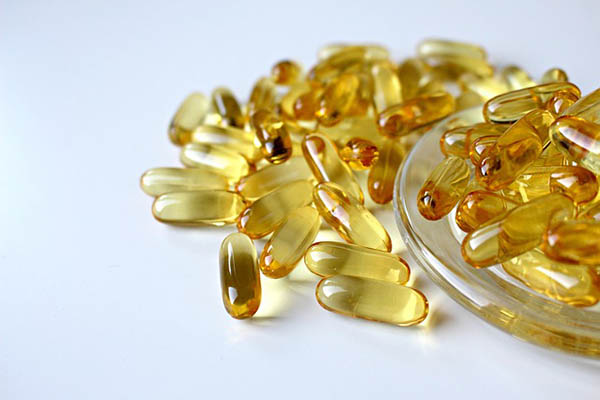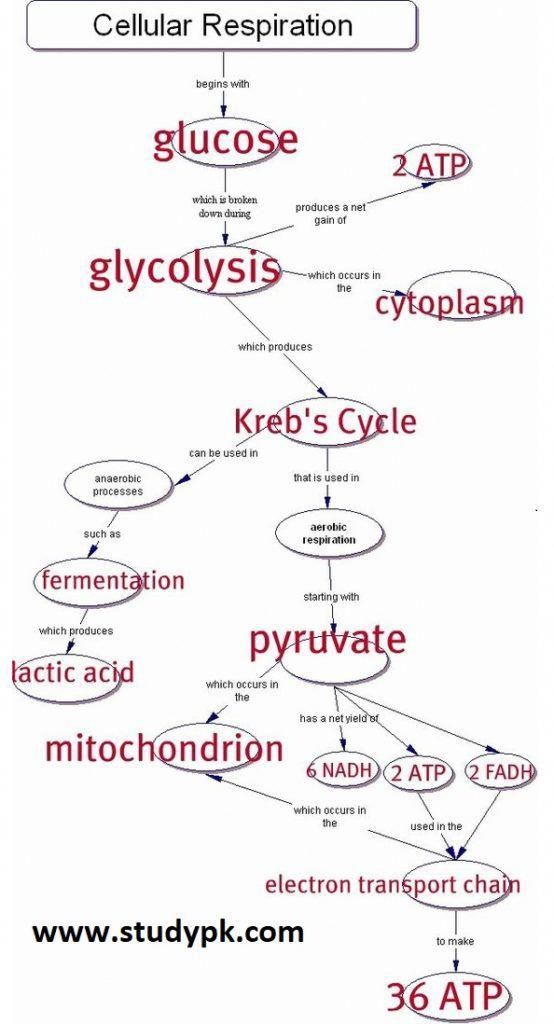
wheat germ induces autophagy and normalizes mitochondria metabolic activity
healthy oil combinations
The benefits of oils like olive oil which are less prone to oxidation and quickly used for energy are well known to treat various conditions. Fish oils despite their benefits are prone to quickly becoming rancid. All lipids containing unsaturated fatty acids oxidize over time, whether in cooking oils or fish oil capsules, and this can ultimately lead to the oil becoming rancid. Oxidation occurs when unsaturated fats—such as the omega-3 fatty acids EPA and DHA—are exposed to heat, light, or oxygen. Polyunsaturated fats are more prone to oxidative damage than monounsaturated fats. EPA and DHA, are especially prone to oxidation and require special handling to prevent off‐flavors from developing.
In very recent studies researchers have been combining fish oils with anti oxidants to improve their effects. The study results are proving to have remarkably similar effects in reversing insulin resistance across the board in women, men, children and differing age groups and ethnic groups but also among those with serious conditions like heart disease, liver failure, PCOS, obesity and Parkinson’s disease.
Omega-3 fatty acids and vitamin E significantly improved indices of insulin resistance in PCOS women
Omega 3 fish oils are well known for their ability to fight inflammation and the benefits of cod liver oil have been known for centuries but now researchers have combined Omega 3 fish oils with antioxidant Vitamin E and the effects are remarkably consistent for not only the parameters in the conditions studied such as fighting inflammation or lowering cholesterol but in reversing insulin resistance and in the case of PCOS lowering both total and free testosterone in women, showing that the combination does affect steroid hormones.
Insulin is a hormone but not a steroid hormone. Steroid hormones exert their action by entering the nucleus of a cell and altering gene expression.
Omega-3 fatty acids and vitamin E significantly improved indices of insulin resistance in PCOS women
The PCOS studies were randomized, placebo controlled and double blind on women with PCOS 18-40. Insulin resistance, hormone levels and B cell functions were all measured pre study. The women were given either 1000 mg. fish oil, fish oil with placebo or fish oil with 400 IU’s of Vitamin E. Omega-3 fatty acids and vitamin E co-supplementation for 12 weeks in PCOS women significantly improved indices of insulin resistance, total and free testosterone.
Similar studies were carried out across different age groups, ethnic groups, choosing exclusively either men or women and amazingly the results were the same across the board in reversing insulin resistance. Insulin resistance was also reversed no matter the initial condition of the study participants from atherosclerosis to Parkinson’s.
After 12 weeks’ intervention, compared with the placebo, omega-3 fatty acids and vitamin E co-supplementation led to a significant improvement. Furthermore, co-supplementation decreased high-sensitivity C-reactive protein and increased total antioxidant capacity and glutathione (GSH) concentrations compared with the placebo. Overall, our study demonstrated that omega-3 fatty acids and vitamin E co-supplementation in people with Parkinson’s disease had favorable effects on GSH and markers of insulin metabolism.
Vitamin E
Vitamin E is a group of eight fat soluble compounds that include four tocopherols and four tocotrienols. Vitamin E deficiency, which is rare and usually due to an underlying problem with digesting dietary fat rather than from a diet low in vitamin E, can cause nerve problems. The crucial function played by Vitamin E that makes it a vitamin is poorly understood, but may involve antioxidant functions in cell membranes. Other theories hold that vitamin E – specifically the RRR stereoisomer of alpha-tocopherol – act by controlling gene expression and cell signal transduction.
Vitamin E was discovered in 1922, isolated in 1935 and first synthesized in 1938. Because the vitamin activity was first identified as essential for fertilized eggs to result in live births (in rats), it was given the name “tocopherol” from Greek words meaning birth and to bear or carry. Alpha-tocopherol, either naturally extracted from plant oils or synthetic, is sold as a popular dietary supplement, either by itself or incorporated into a multivitamin product, and in oils or lotions for use on skin.
Vitamin E may have various roles. Many biological functions have been postulated, including a role as a fat-soluble antioxidant. In this role, vitamin E acts as a radical scavenger, delivering a hydrogen (H) atom to free radicals. Vitamin E donates a hydrogen atom to the peroxyl radical and other free radicals, minimizing their damaging effect. The thus-generated tocopheryl radical is recycled to tocopherol by a redox reaction with a hydrogen donor. As it is fat-soluble, vitamin E is incorporated into cell membranes, which are therefore protected from oxidative damage.
Some vitamin E tocopherols in supplements are derived from soy, avoid that.
Recently, debate has erupted in both the scientific community and throughout the lay public around whether a low-fat or low-carbohydrate diet is better for weight loss. Is it better to cut fat or cut carbohydrate for weight loss. However, going beyond this debate (fat versus carbohydrate), are questions around whether certain fatty acids are worse for promoting insulin resistance, inflammation, and obesity. The overall evidence in the literature suggests that medium-chain saturated fats and monounsaturated fat (oleic acid, found in olive oil) are less likely to promote insulin resistance, inflammation, and fat storage compared to long-chain saturated fatty acids such as palmitic acid found in palm oil especially when consumed on top of a diet moderate in refined carbohydrates. Compared to long-chain saturated fats, lauric acid and oleic acid have an increased fatty acid oxidation rate, are more likely to be burned for energy and less likely to be stored in adipose tissue, and thus promote increased energy expenditure. Omega-6 polyunsaturated fatty acids (PUFAs), such as linoleic acid, as found in vegetable oils may contribute to obesity, whereas omega-3 PUFA may be protective. Both olive oil as part of a Mediterranean diet, and omega-3 from fish and fish oil have been proven to reduce risk of cardiovascular (CV) events.
Diabetic menopausal women
Studies have investigated the relationship between the transition through menopause and cardiovascular diseases. White populations, generally, have lower levels of traditional coronary heart risk factors, particularly dyslipidemia, hypertension, obesity, and diabetes, and lower rates of coronary heart disease mortality, than black population. Furthermore many studies have shown the cardioprotective and anti-inflammatory effects of omega-3 polyunsaturated fatty acids (eicosapentaenoic acid and docosahexaenoic acid) of marine origin. The aim of this study was to investigate the effect of omega-3 supplementation, combined or not with vitamin E, on oxidative biomarkers and lipid profiles in nonwhite and white women with dyslipidemia transitioning through menopause.
A randomized, double-blind, placebo-controlled trial was conducted. Seventy-four eligible women were assigned to receive: fish oil, fish oil plus vitamin E and placebo for three months. At baseline, 45 and 90 days blood sample for biochemical variables and biomarkers of oxidative stress were taken.
After 90 days the fish oil plus vitamin E treated group had a significant decrease in total cholesterol and LDL. Furthermore, there was a decrease in anti- LDL- autoantibodies after 45 days. All of the effects observed were independent of ethnic group.
In conclusion
Studies on omega 3’s fish oil are consistent and known for lowering inflammation and reducing cholesterol but now research is equally consistent across the board on the effect of combining vitamin E with omega 3’s fish oil for reversing insulin resistance significantly and amazingly in very short time frames. Perhaps these studies will add even more conclusive evidence on the dangers of oxidative stress.
Fish or Plant Based Omega 3’s
Marine-derived n-3 polyunsaturated fatty acids (PUFAs), such as eicosapentaenoic acid (EPA) and docosahexaenoic acid (DHA), have been shown to inhibit mammary carcinogenesis. However, evidence regarding plant-based a-linolenic acid (ALA), the major n-3 PUFA in the Western diet, remains equivocal. Anti-tumorigenic effects were associated with altered HER2, pHER-2, pAkt and Ki-67 protein expression. Compared to 10% Safflower Flax Oil, 3% Fish Oil significantly down regulated expression of genes involved in eicosanoid synthesis and inflammation. From this, it can be estimated that ALA was 1/8 as potent as EPA+DHA.
Marine-derived n-3 PUFAs have greater potency versus plant-based n-3 PUFAs.
*Dogs can not synthesize plant based flax seed oil Omega 3’s.
In conclusion
Anti-inflammatory oils like fish oils and olive oil have known beneficial effects which has been documented across thousands of studies. Many of these previous studies have failed to account for other dietary factors such as complex fatty acid combinations, the fats included in animal diets such as soy which have direct impact on the final animal product and oxidation that can quickly occur in some oils like fish oils.
In addition it is being shown that while plant and fish oil based Omega 3’s were previously thought to be equal, current studies are showing they are not producing equal effects on defined parameters. Studies on these combined effects are producing clarity on the known benefits of healthy oils and why some plant based Omega 3 oils may not produce the same benefits as other Omega 3’s.
Which calories cause the greatest mitochondrial damage?
- Fructose
- Trans fats
- BCAA’s (from corn fed animal meat and fish products)
- Alcohol
healthy blueberry wheat germ muffins
Low in sugar, additional yogurt and high in anti-oxidants. Quick and easy recipe.
video
how it works
Research consistently shows the effect of combining vitamin E with omega 3’s fish oil can reverse insulin resistance significantly.
Vitamin E acts as a radical scavenger, delivering a hydrogen (H) atom to free radicals. Vitamin E donates a hydrogen atom to the peroxyl radical and other free radicals, minimizing their damaging effect. The thus-generated tocopheryl radical is recycled to tocopherol by a redox reaction with a hydrogen donor. As it is fat-soluble, vitamin E is incorporated into cell membranes, which are therefore protected from oxidative damage.
conclusion
After two weeks, both FWGE and A250 made tumors much smaller. The control group had big tumors at about 4.02 cm³, while the FWGE group had around 2.02 cm³ and the A250 group less than 2 cm³. Treated animals also lived longer, from 28 to 43 days.
how to
This study used fractionated A250. For active component isolation, 10 g of whole standardized, commercially available FWGE, provided by American Biosciences Inc. Fraction A250 was 2.7–3.2% of whole FWGE biomass.
safety
Gluten sensitive or other allergen sensitive people should avoid wheat germ. Refined wheat germ oil typically contains no gluten. Wheat germ was well tolerated and is a natural food.
Wheat germ and individual components have been extensively studied in thousands of papers for a cross range of conditions, wheat germ oil has similar benefits.
According to the US FDA, wheat germ oil is gluten-free if it contains no more than 20 parts per million of gluten. This is because the refining process typically removes all gluten proteins from wheat germ oil. However, it’s possible that refined oils may contain trace amounts of gluten.

If you like natural health tips like the ones above you can learn more in Immune For Life
